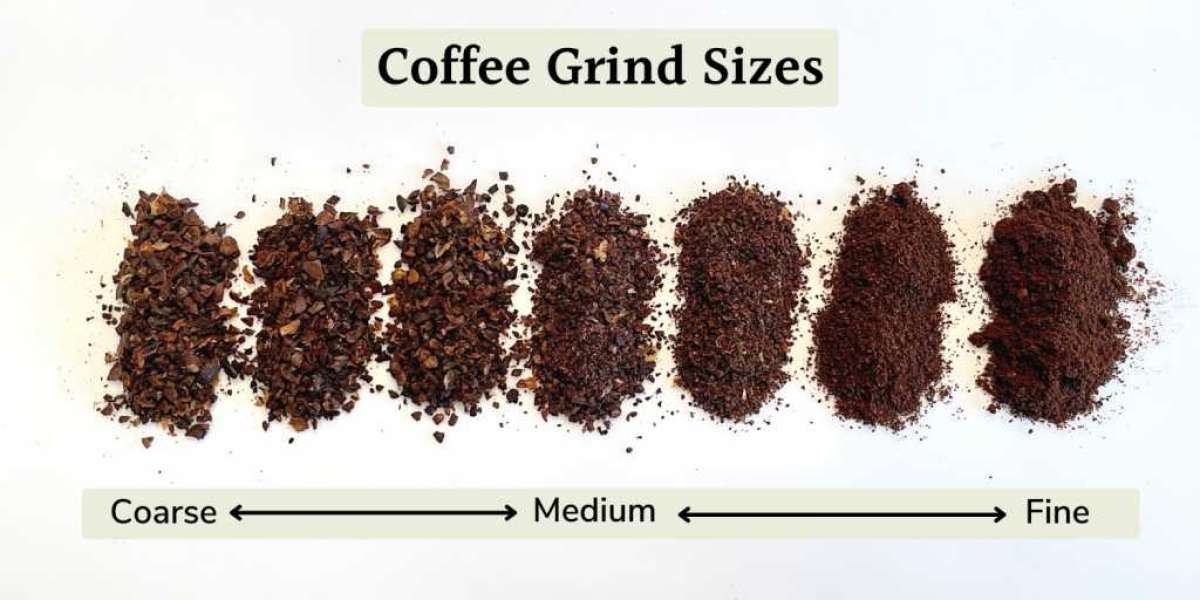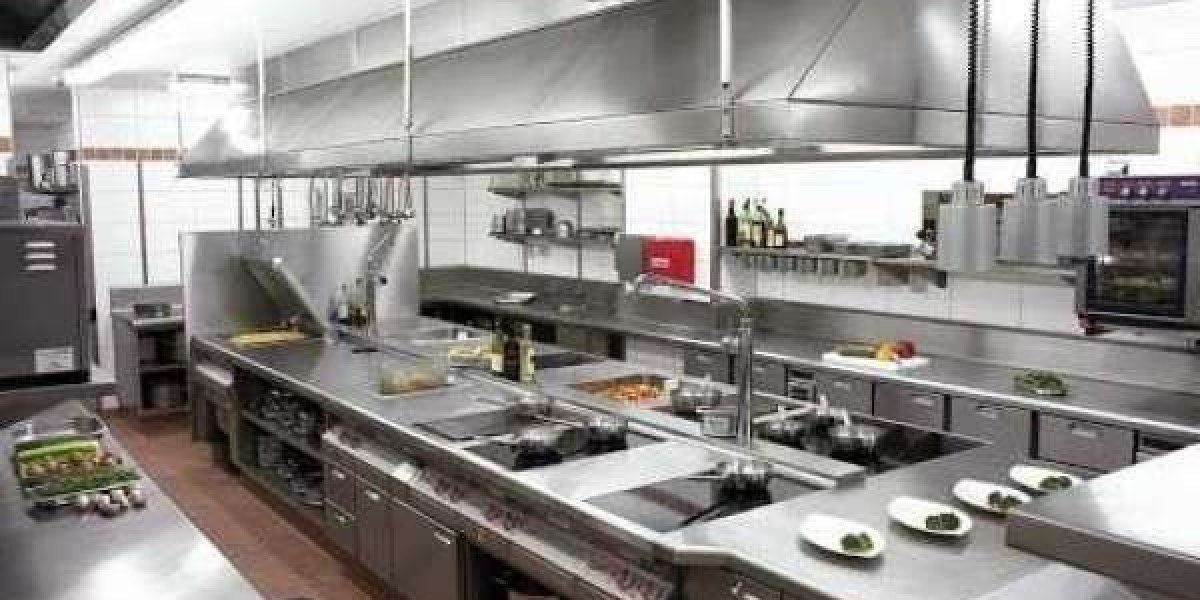Why is grind size important?
When it comes to coffee, the grind size is one of the most important factors that affect the flavor and quality of the brew. So why is grind size so important? The answer lies in the science behind coffee extraction.
Coffee extraction is the process by which water extracts the soluble compounds from the coffee grounds, such as caffeine, oils, and flavor compounds. The goal of coffee brewing is to extract the optimal amount of these compounds to achieve a balanced and flavorful cup of coffee.
The size of the coffee grounds plays a crucial role in this process. If the grind size is too fine, the water will have a hard time passing through the grounds, resulting in over-extraction, which can cause the coffee to taste bitter and astringent. On the other hand, if the grind size is too coarse, the water will pass through too quickly, resulting in under-extraction, which can cause the coffee to taste weak and bland.
So, finding the right grind size is essential to achieve the perfect extraction and get the best flavor out of your coffee.
The science behind coffee extraction
To understand the science behind coffee extraction, we need to look at the different compounds that are extracted during the brewing process.
There are four main types of compounds that contribute to the flavor and aroma of coffee: acids, sugars, bitter compounds, and volatile compounds.
Acids are responsible for the bright and tangy flavors in coffee. Sugars contribute to the sweetness and body of the brew. Bitter compounds, such as caffeine and chlorogenic acid, provide the characteristic bitterness of coffee. Volatile compounds, such as the aromatic oils, give coffee its complex and nuanced flavors and aromas.
During the brewing process, water dissolves these compounds and extracts them from the coffee grounds. The rate at which these compounds are extracted depends on various factors, such as temperature, water-to-coffee ratio, and, of course, the grind size.
The optimal extraction occurs when the water has extracted the right amount of each of these compounds, resulting in a balanced and flavorful cup of coffee.
Types of coffee grinders
There are two main types of coffee grinders: blade grinders and burr grinders.
Blade grinders are the most common and affordable type of coffee grinder. They work by chopping the coffee beans with a spinning blade, which produces an uneven grind size. While blade grinders are a good option for those on a budget, they can produce inconsistent results, which can affect the flavor and quality of your coffee.
Burr grinders, on the other hand, are more expensive but offer a more precise and consistent grind size. They work by crushing the coffee beans between two burrs, resulting in a uniform grind size. Burr grinders are available in both electric and manual versions and are the preferred choice for those who take their coffee seriously.
How to choose the right coffee grinder for your needs
When choosing a coffee grinder, there are several factors to consider, such as your budget, brewing method, and desired grind size.
If you're on a tight budget, a blade grinder may be a good option. However, if you're looking for more precision and consistency, a burr grinder is the way to go.
You'll also need to consider your brewing method. Different brewing methods require different grind sizes, so it's important to choose a grinder that can adjust to your needs. For example, French press coffee requires a coarse grind, while espresso requires a fine grind.
Finally, consider the amount of coffee you want to grind at once. If you're only making coffee for yourself, a smaller grinder may be sufficient. However, if you're making coffee for a group, a larger grinder may be necessary.
How to adjust your grinder for different brewing methods
As mentioned earlier, different brewing methods require different grind sizes. Here's a quick guide to adjusting your grinder for different brewing methods:
- French press: Coarse grind
- Pour-over: Medium-coarse grind
- Drip coffee: Medium grind
- Espresso: Fine grind
It's important to note that these are general guidelines, and you may need to adjust your grind size based on your personal preferences and the specific coffee beans you're using.
Step-by-step guide to grinding coffee
Now that you understand the importance of grind size and how to choose the right grinder, let's take a look at how to grind coffee.
1. Measure out the amount of coffee you need based on your brewing method.
2. Adjust your grinder to the appropriate grind size.
3. Turn on your grinder and allow it to grind the coffee beans.
4. Once the coffee is ground, remove the grounds from the grinder and place them in your brewing device.
5. Brew your coffee using your preferred method.
Tips for maintaining your coffee grinder
To ensure that your coffee grinder continues to produce high-quality coffee, it's important to maintain it properly. Here are a few tips:
- Clean your grinder regularly to prevent buildup of coffee oils and residue.
- Use a brush to clean the burrs and remove any grounds stuck in the grinder.
- Only grind the amount of coffee you need to prevent the grounds from going stale.
- Store your coffee beans in an airtight container to keep them fresh for longer.
Troubleshooting common coffee grinding problems
Even with the best grinders, problems can still arise. Here are a few common issues and how to fix them:
- Uneven grind size: This can be caused by dull burrs or an uneven blade. Try cleaning your grinder or replacing the burrs.
- Over-extraction: If your coffee tastes bitter, it may be over-extracted. Try using a coarser grind or reducing the brewing time.
- Under-extraction: If your coffee tastes weak, it may be under-extracted. Try using a finer grind or increasing the brewing time.
Conclusion
The science behind the perfect grind is crucial to achieving a flavorful and high-quality cup of coffee. By understanding the importance of grind size, choosing the right grinder, and adjusting it for your brewing method, you can brew the perfect cup every time. Remember to maintain your grinder properly and troubleshoot any issues that may arise. With these tips, you'll be a coffee grinding expert in no time!








